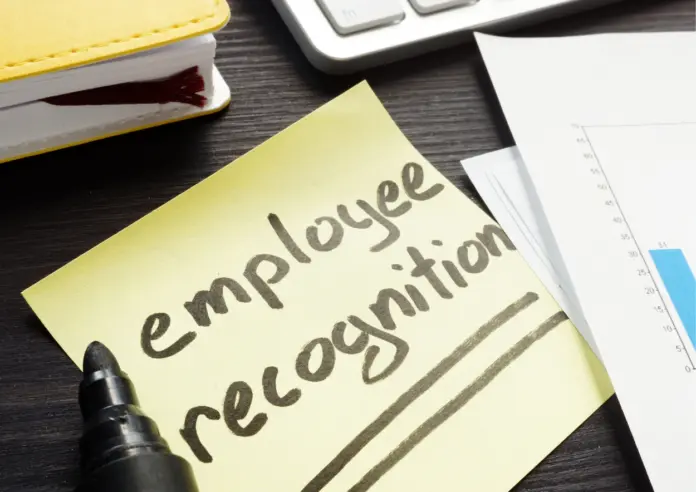Feeling like your startup team isn’t firing on all cylinders? This article explores the power of employee recognition, a simple yet effective strategy to boost morale, engagement, and, ultimately, your startup’s success. Table of contentsBenefits of Implementing an Employee Recognition ProgramTypes of Employee RecognitionSimple and Effective Ways to Recognize and Appreciate Your Start-up TeamCreating an...
RELATED ARTICLES
© NewInAsia.com 2025








